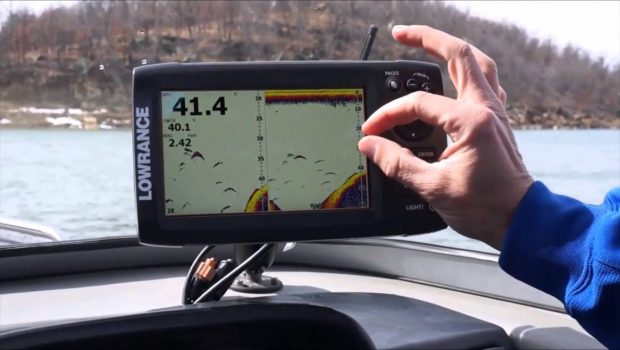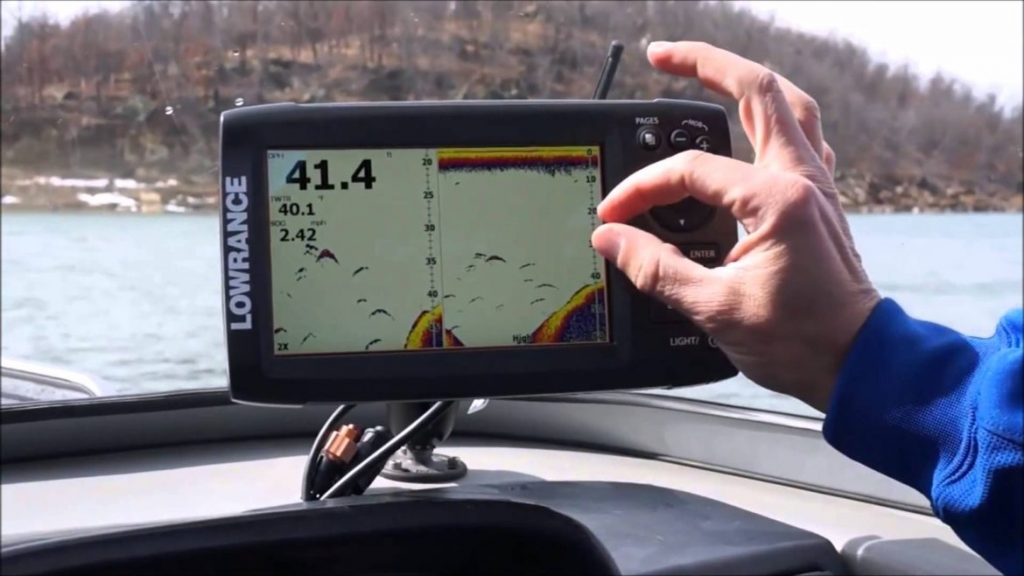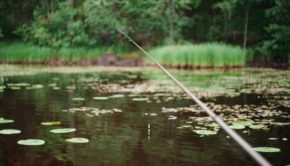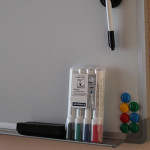How SONAR is used to help you catch fish
Just about any boat you go in these days that is not strictly used for pleasure has a fish finder setup. Fish finders in boats are almost as common as a ship’s wheels and anchors these days. There is one peculiar thing about fish finders though. Very few people know how to get the most out of them and even fewer can explain how the sonar in them actually works. We thought we would take the time to try and explain how sonar plays a role in catching fish.
ANATOMY OF A FISH FINDING SYSTEM
Before you can understand how a fish finders sonar works you must first be familiar with the components in a fish finding system. Knowing the way these pieces interact with each other to produce signals on your fish finder’s display screen is very important. It will help you become more successful when you use your fish finder.
Here are the major components on most basic fish finding setups:
- Monitor/Control unit/Transmitter
This is the main control unit that also contains the digital display screen. It is the key component in any fish finding system. It determines how you will search for fish and also interprets the data that the sonar waves send back. Many fish finder control units also take depth readings, display current water temperature and act as a GPS navigational aid. The control unit also contains the transmitter that sends out the sonar sound pulses.
- Transducer
A transducer is used to send out sonar waves and collect them as they come back with data. Transducers have specific cone angles which tells you how far they they can look for fish under and to the side of your boat
- Power source
Fish finders will usually be hooked up right into the power system that runs all the electronics on your boat.
- Cabling
There is a line that will run from the transducer back to the fish finder control unit. This line carries the data that the transducer receives back and transits it to the control unit for interpretation.
A LEHMAN’S DESCRIPTION OF HOW SONAR WORKS
Anyone who has ever swum underwater knows how well sound travels through water. That is why sonar is such an effective means of determining where fish are. They work by emitting a pulse of sound into the water and then reading the strength of this pulse of sound when it echoes back to your boat.
The whole process of finding fish with sonar starts when the transmitter in your control unit sends a sound wave to the transducer located on the bottom of your boat. Different transducers have different cone angles that they are able to send out these sonar waves with.
Some transducers only allow you to send sound pulses directly under the boat and a little to the side of it, while others will let you see further out to the side of your boat too. It all depends on the sophistication that your fish finding system has. More sophisticated fish finding systems help in bigger bodies of water but these are not usually necessary in little bodies of water such as small lakes and ponds.
Most fish finders have more than one frequency of sound waves that they can send out too. A typical combination in a fish finder that is effective is frequencies of 50 kHz and 200 kHz. The lower frequency is useful for navigation and finding schools of fish. Higher frequencies are good for giving you more detailed information about what type of fish are in the school you found when you get over them. A 200 kHz frequency is very useful in shallower water too.
By combining readings from many hundreds of sound pulses that your fish finder sends out it will start to form an image on your display of what is in the water around you. These images will usually include such things as the bottom terrain, large vegetation growths and fish if there are any present at the time.
Here is a YouTube video with a little more in-depth information on how sonar works to help you navigate and catch fish:
IT’S IMPORTANT TO LEARN HOW TO READ YOUR FISH FINDER DISPLAY
Now that you have a general idea how sonar works it won’t do you any good if you don’t know how to read the data that appears on your fish finder’s digital display. Take a look at this informational YouTube video to learn more about interpreting the data on your fish finders display screen:
FISH FINDING SONAR IS A VALUABLE WEAPON FOR ANY FISHERMAN TO HAVE
These handy fish locating devices have become very popular because they really do work. Fish finders are much more affordable than you may think too. Although they are not miracle working devices that will pull the fish in the boat for you, they can help save the day when your usual lucky fishing spots just aren’t working.
There is no doubt about it. If you combine fish finding sonar with the right rod and reel setup you stand a great chance of catching some fish.
















